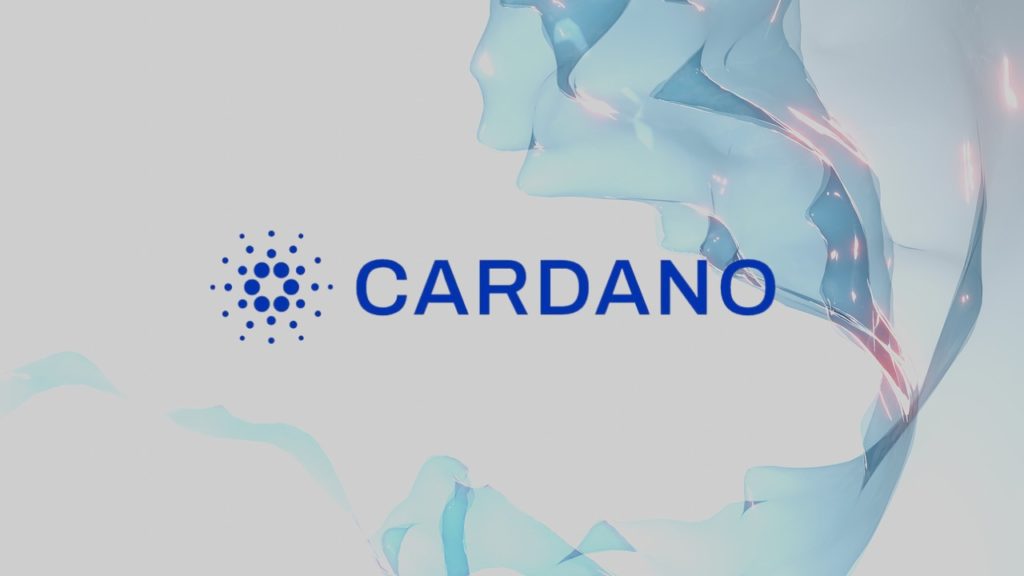The Vasil hard fork touted as the “largest and most significant achievement of the Cardano Ecosystem”, is ready to go live by the end of this month. So, what is the hype about the Vasil upgrade? Let us look at the significance of the higly anticipated Vasil hard fork and how will this update imapct the Cardano ecosystem.
On July 4, Input-Output Global (IOG), announced that the Vasil hard fork has successfully launched on the Cardano testnet allowing project developers, stake pool operators (SPO) and exchanges to start the final integration process before the Vasil mainnet hard fork. In order to deploy on the mainnet, Cardano developers, will need at least four weeks of testing after the completion of the testnet.
In the meanwhile, Cardano developers will be working closely with exchanges and dApp developers to ensure everything is steady. Once the team is ready, they will immediately submit a proposal to upgrade the Cardano mainnet. As per the given timeframe, Vasil hard fork should hit the mainnet by July 29,2022.
We’re happy to report that today at 20:20 UTC the IOG team has successfully hard forked the #Cardano Testnet. This is an important next step in the journey towards the Vasil upgrade on mainnet. 🧵
— Input Output (@InputOutputHK) July 3, 2022
1/10 pic.twitter.com/9F9vzec0pK
What is The Vasil Hard Fork?
The Vasil upgrade to the Cardano blockchain is the second massive upgrade to the Cardano network that focuses on overall network stability and connectivity. The overhaul will speed up Cardano’s base layer introducing a new technology called ‘diffusion pipelining’, which will increase block size without making major changes to the protocol. Additionally, new CIP mechanisms (CIP-31, CIP-32, CIP-33, CIP-40), UTXO on-disk storage integration, and Hydra will be introduced as aggrandized functions.
According to the official blog post, the Vasil upgrade will bring increased functionality, performance, scalability, and interoperability to Cardano. In simple terms, Vasil update, will provide relief for the heavy transaction loads that Cardano has been experiencing lately. It will eventually crank up the block size increasing the number of transactions per second, without altering the Proof of Stake (PoS) consensus mechanism.
This upgrade is part of the current Basho phase of the Cardano blockchain which will focus on scaling and network & ledger optimization empowering multiple improvements to the ledger. It is widely anticipated that Vasil would greatly enhance Cardano and its smart contract, Plutus.
How Will Vasil Boost Plutus?
#Vasil improvements include higher throughput through diffusion pipelining to a better developer experience via much improved script performance & efficiency (plus lower costs).
— Input Output (@InputOutputHK) July 3, 2022
7/10
The foremost problem with Plutus is that the scripts do not live on the blockchain. Instead, they have to be uploaded to the blockchain every time a transaction is made, which means more data is carried in every block, which results in slower performance and a higher expense.
But with the latest upgrade, this process is made much simpler due to the “CIP 33 reference scripts”. These scripts can be attached to outputs, so they can be part of the blockchain carrying less data and are therefore smaller, quicker and cheaper. The CIP-33 is expected to significantly reduce transaction costs, by making transactions small and “lightweight”.
The CIP Mechanisims Will Result in Overall Concurrency
Similarly, Cardano will now introduce “CIP 31 Reference Inputs” granting an easier way to access information without the need to spend it in a transaction. Reference inputs play a major role in allowing multiple DApps to be read from multiple datums at the same time. Therefore, this inevitably results in the overall improvement of concurrency. In addition to this, incline data plays a major role when it comes to saving data on a chain instead of a hash.
Script collateral adjustment (CIP-40) is another adjustment that improves transaction validation. The Vasil upgrade will also include Cardano cryptographic primitives improvements enabling greater interoperability options for other blockchains, a tuned Plutus interpreter, and a new cost model, which are all part of Plutus V2 scripts.
The Vasil upgrade will also include Cardano cryptographic primitives improvements (enabling greater interoperability options for other blockchains), a tuned Plutus interpreter, and a new cost model, which are all part of Plutus V2 scripts.
— Input Output (@InputOutputHK) July 3, 2022
8/10
Vasil- Ode to a Cardano Community Member

The Vasil node is named in honor of Vasil Stoyanov Dabov, an artist and Cardano community member and ambassador who passed away in December 2021 after a diagnosis of pulmonary embolism. With Vasil, Cardano which is a proof-of-stake (PoS) blockchain and is touted as a so-called “Ethereum Killer,” aims to beat Ethereum by providing better scalability, transactions per second and lower fees.
Cardano’s Popularity is on the Rise
The upgrade is coming just in time, as Cardano’s popularity is on the rise. There’s now more than $300 million in total value locked (TLV) on the blockchain. According to ADA whale, a Cardano community-focused Twitter account, Vasil is quite significant as it might allow the launch of dApps and stablecoins. The commuity also believe that the Vasil upgrade will make Cardano as one of the leading blockchains. The blog post stated,
“The Vasil upgrade represents a step-change in the capability of Cardano. Diffusion pipelining will allow for greater network throughput, while the new Plutus enhancements will open up new developer use cases and offer significantly improved DApp user experiences.”
ADA is on the Rise

According to CoinMarketCap, Cardano’s native token ADA, rose 2.50 per cent in the last 24 hours to trade at $0.4601. Despite the rise in ADA’s price, the cryptocurrency is still down over the last 7 days. However, the future looks bright for the Cardano ecosystem as the blockchain is nearing its crucial Vasil upgrade by the last week of this month. Cardano founder, Charles Hoskinson, reiterated,
“We’re doing network enhancements, consensus enhancements with pipelining we’re upgrading significant changes to the Plutus language which is the first time we’ve ever done that with live DApps in circulation. There’s a lot of stuff here with this hardfork. It’s the largest and most significant I think we’ve ever done and it’s one where the stakes have never really been higher in that respect.”










